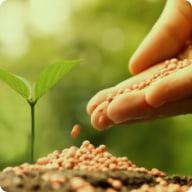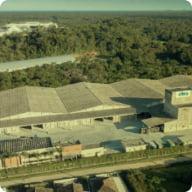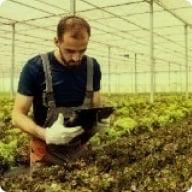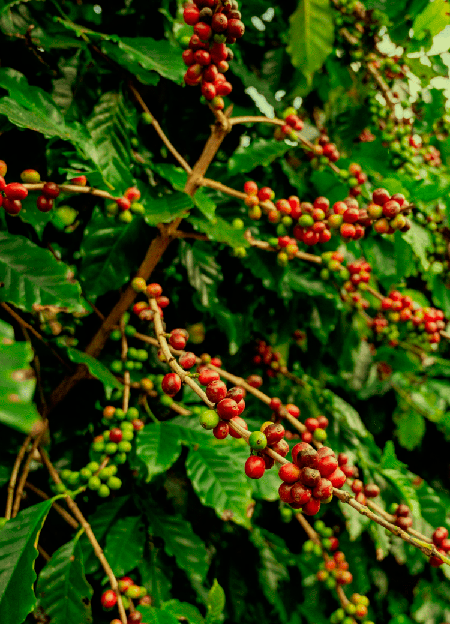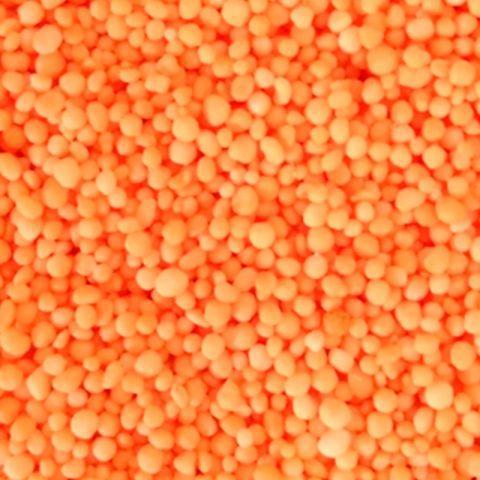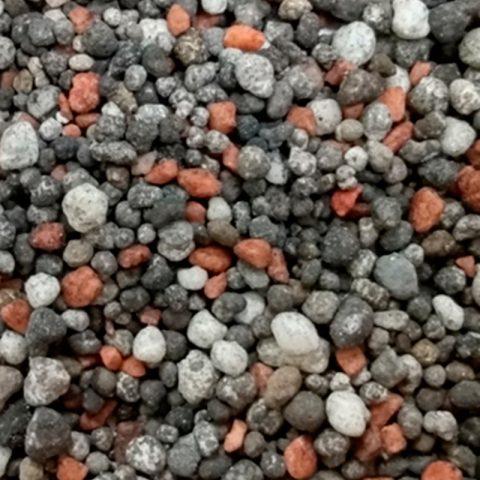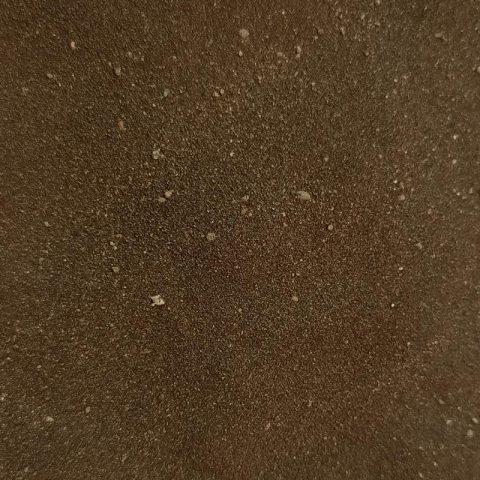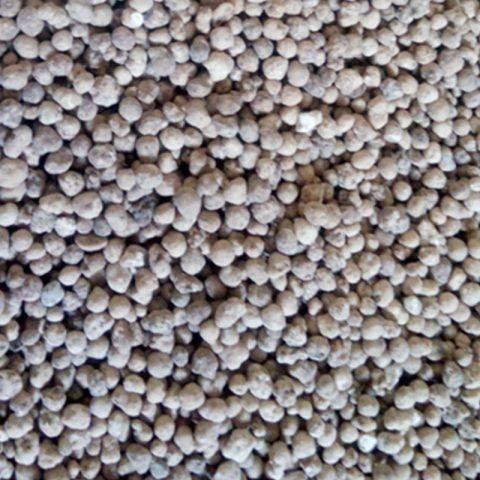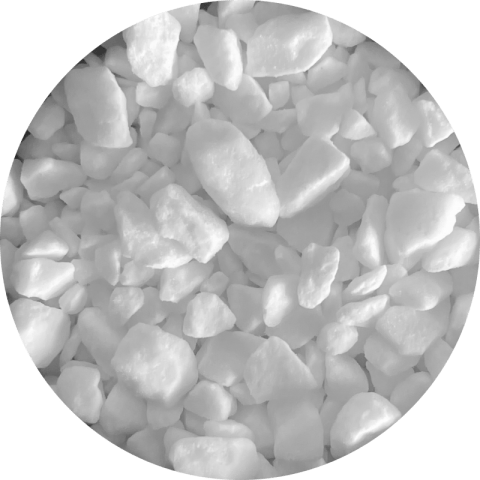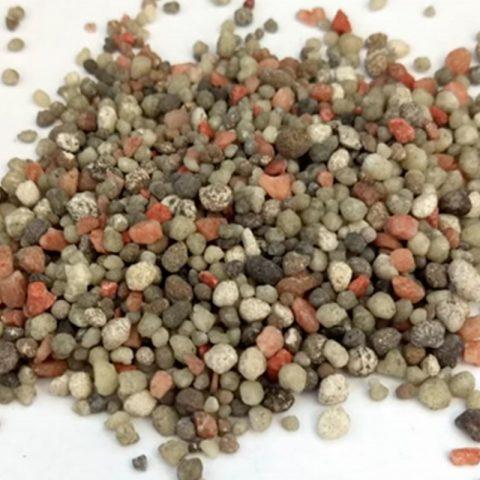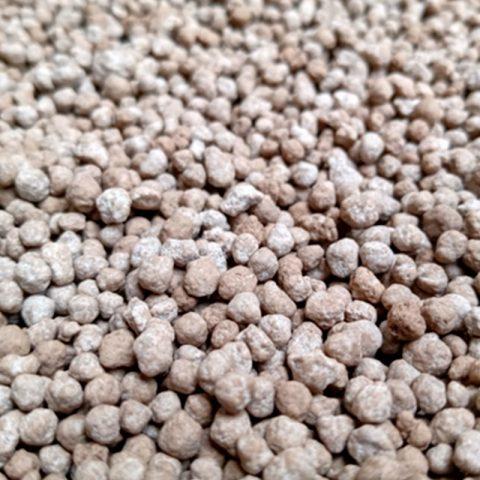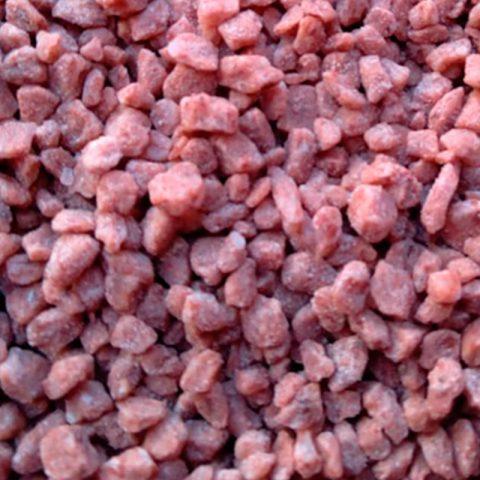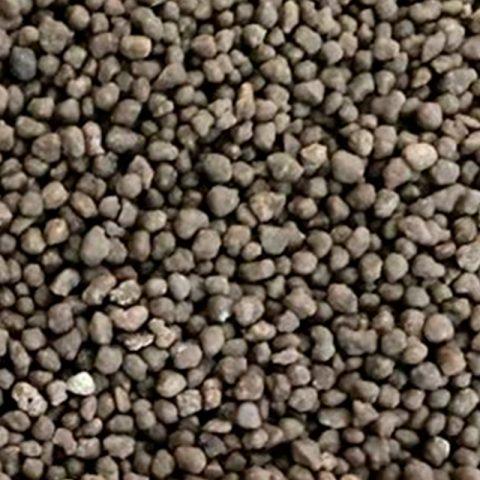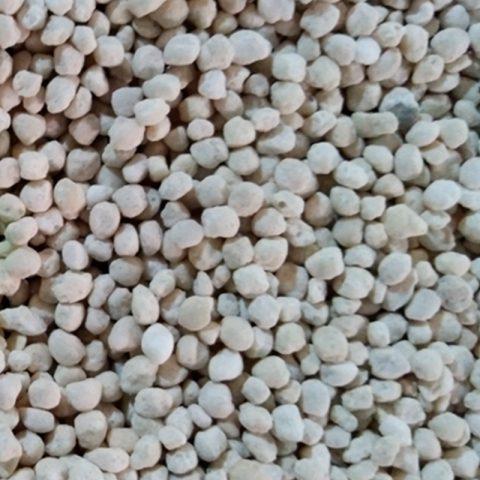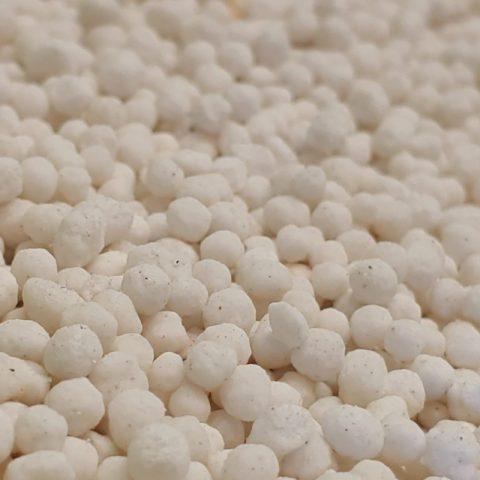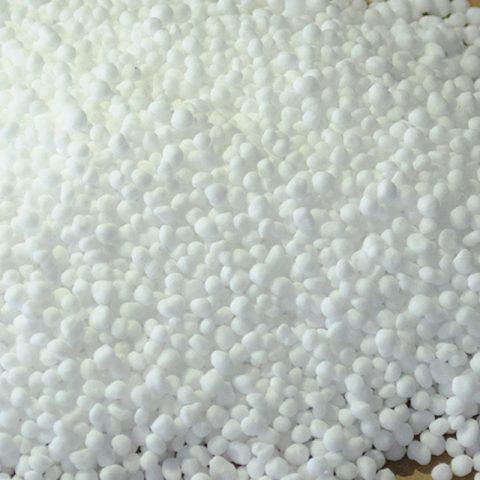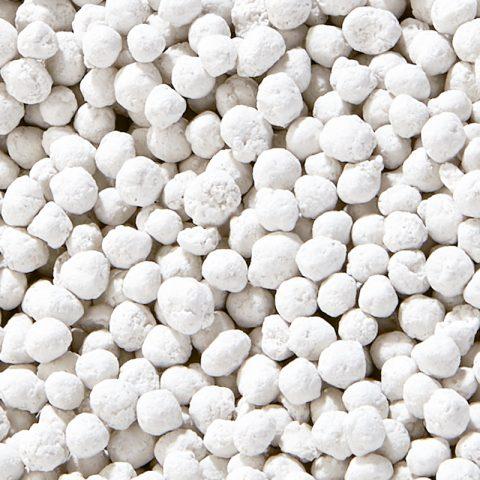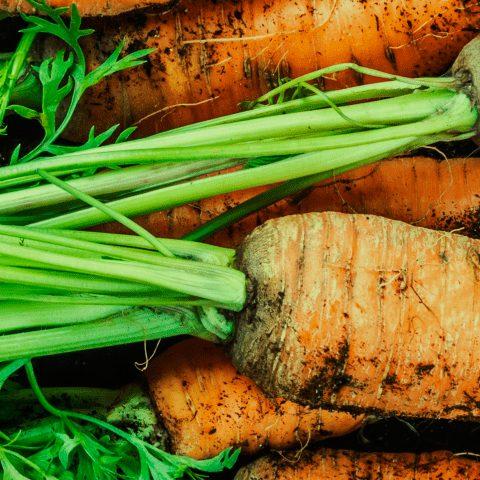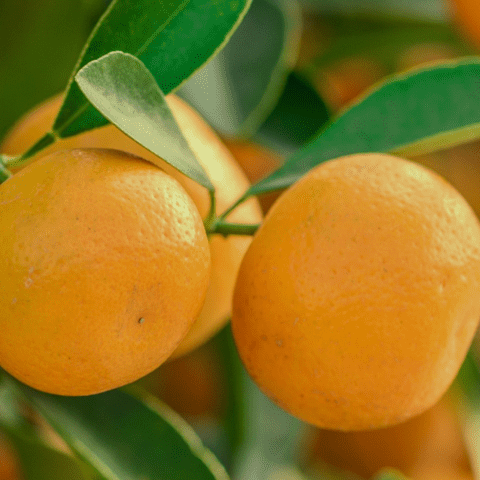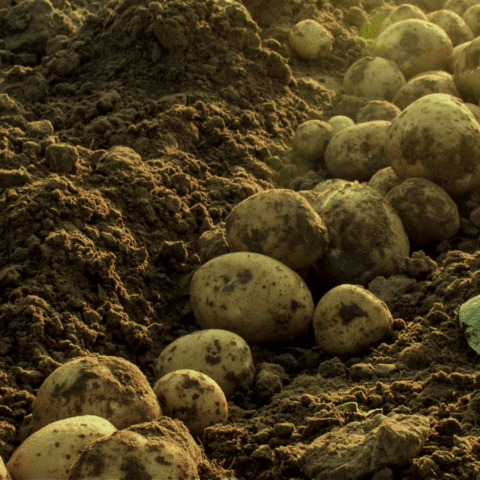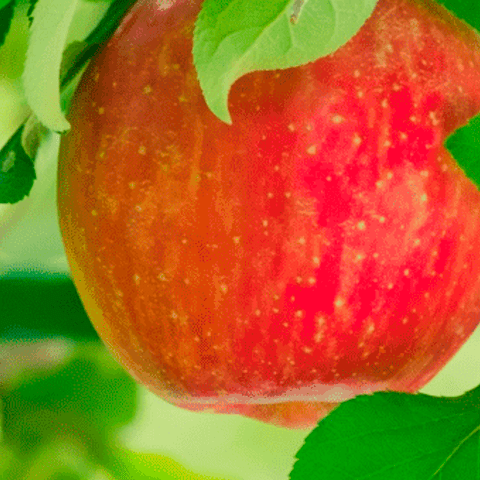COFFEE IN THE NATIONAL MARKET
Brazil is the largest producer and exporter of coffee and the second largest consumer of the drink in the world.
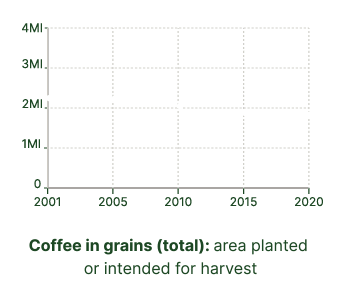
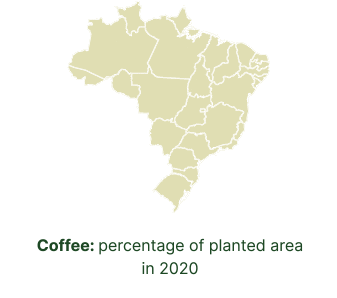
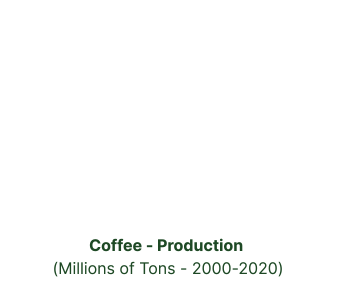
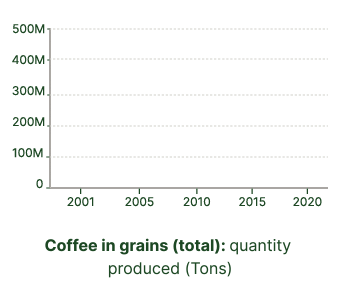
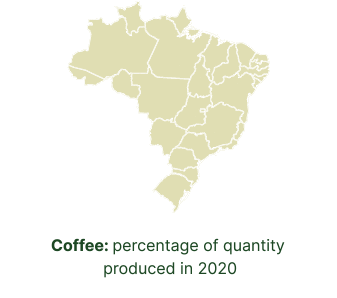
What do you need to know
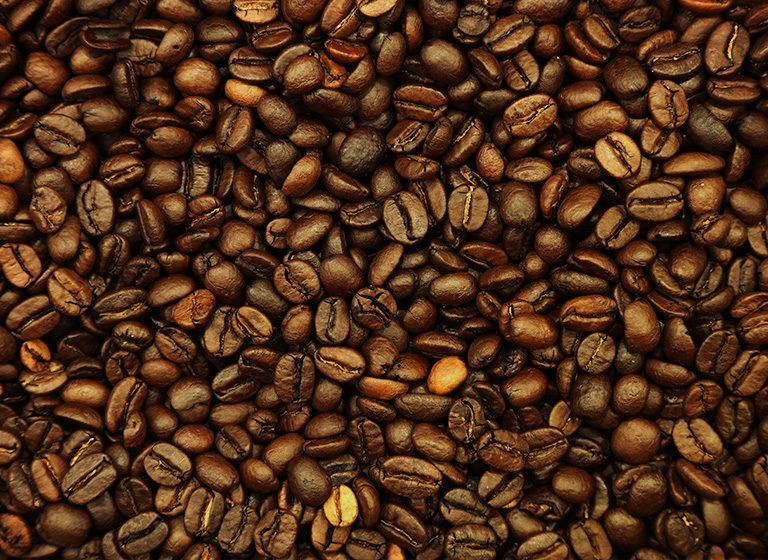
In order to obtain a satisfactory production of the coffee crop, nutrients must be available in the soil in sufficient quantity and in a balanced way.
Coffee plantations occupy an area of 2 million hectares with about 300 thousand producers, predominantly mini and small, in approximately 1,900 municipalities, distributed in the States of Minas Gerais, São Paulo, Espírito Santo, Bahia, Rondônia, Paraná, Rio de Janeiro, Goiás, Mato Grosso, Amazonas and Pará.
Nitrogen is one of the elements most required by the coffee culture. It is responsible for the most significant effects on increasing productivity in the crop, as it performs several functions in the biochemical processes of the plant, as a constituent of enzymes, coenzymes, nucleic acids and chlorophyll.
The use of Nitrocap, a nitrogen fertilizer with increased efficiency, offers several benefits: less loss by volatilization, increase in productivity, labor savings, since it can eliminate or reduce the number of installments and decrease the environmental impact due to less nitrate leaching, provided that combined with the demand of the culture and the conditions of development.
In order to obtain a satisfactory production of the coffee crop, nutrients must be available in the soil in sufficient quantity and in a balanced way for the good development of the plant and supplying the demand of the load. CibraMix is a fertilizer that offers this balance, presenting the necessary macronutrients and micronutrients incorporated into the phosphorus granules.
Principais Deficiências
Main Deficiencies
Coffee’s Nitrogen Deficiency (N)
It actively participates in the growth of the plant, in the increase of vegetation with greater development of plagiotropic branches, leaf formation, expansion of the leaf area, formation of flower buds, promoting even greater photosynthetic activity by increasing chlorophyll and greater production of carbohydrates necessary for fruiting.
Deficiency – It starts in the older leaves, which present uniform chlorosis, with yellowing, including the veins, progressing to necrosis and leaf fall.
Plants are left with few leaves and or with smaller leaves than normal with smaller fruits, which are easily detached from the plants. It harms flowering and, in plants with a productive load, can cause the drying of branches.
Coffee’s Phosphorus Deficiency (P)
It acts in the development of the root system and aerial part of the plant, formation of the wood and graining of the fruits, also influencing the synthesis and storage of energy.
Deficiency – Starts with the older leaves, which change color at the tip and in the middle, starting with a yellowish tinge and evolving to purplish brown.
Inverted V-shaped necrosis is quite characteristic. There may also be less plant growth and poorly developed roots.
Coffee’s Potassium Deficiency (K)
It actively acts in photosynthetic activities, respiration, circulation of sap in the plant, participates in the formation of starch in the leaves and contributes to the graining phase of the fruits.
Deficiency – Starts on the leaves with a yellowing at the tips and margins that evolves to brown. In the necrotic area it is possible to find a small yellow outline. Potassium-deficient fruits tend to be light and flat.
Coffee’s Calcium Deficiency (Ca)
It acts directly on the growth and development of the root system and on structures such as plant branches, development and retention of floral structures and fruit maturation.
Deficiency – Appears on young leaves, with yellowing that can progress between the veins towards the center of the leaves, but the veins remain green. Terminal bud death of young plants may occur.
Coffee’s Magnesium Deficiency (Mg)
It participates in the constitution of chlorophyll with an effect on the photosynthetic process and contribution to energy metabolism, helps the absorption of phosphorus and participates in the formation of carbohydrates in the plant.
Deficiency – It starts in the older leaves, with yellowing between the veins, which differs from nitrogen deficiency.
It reduces the rate of photosynthesis, which leads to low plant growth and impacts on productivity. It usually appears at fruit maturation when the plant has a high pending load.
Coffee’s Sulfur Deficiency (S)
It is a constituent of proteins and amino acids, is present in several metabolic functions, participates in the synthesis of chlorophyll and is important in the development of the root system.
Deficiency – It appears in the youngest leaves, with a very light green color tending to yellow, evolving to a generalized chlorosis throughout the plant, which can lose the leaves and the plant has its growth impaired.
Coffee’s Iron Deficiency (Fe)
Component of chlorophyll and participates in the respiration process.
Among the micronutrients, the most accumulated by the coffee tree, not because of a metabolic requirement, but because of its high availability in the soils, where coffee plantations are located.
Deficiency – Occur in pairs of young leaves, which turn yellow with the veins remaining green, forming a fine green lattice. In the rainy and hot period, when there is a rapid expansion of the leaf, imbalance is also common, but the tendency is to disappear with time. Symptoms can also appear after drastic pruning. In heavily drained soils, iron can turn into a form that plants cannot absorb. In coffee seedlings, due to excess of organic matter in the substrate, waterlogging and lack of light, these can also be deficient.
Coffee’s Manganese Deficiency (Mn)
It participates in photosynthesis and can replace magnesium in several enzymes, with excessive liming and a high content of organic matter, it can cause problems that affect coffee foliage.
Deficiency – Starts on new leaves, with light green interveinal regions tending to yellow.
Coffee’s Zinc Deficiency (Zn)
It acts in the synthesis of hormones responsible for plant growth.
It can limit coffee production as it also plays an important role in pollen tube germination, influencing flowering set and fruit size.
Deficiency – Appears on developing leaves, which become narrow and twisted. The veins develop beyond normal. It also impacts the development of internodes, which together with the small leaves end up grouping together and forming a tuft. Plants deficient in zinc (Zn) can lose leaves when heavily loaded.
Coffee’s Copper Deficiency (Cu)
It participates in the respiration and oxidation processes, influences the formation of new leaves of young plants and helps in the defense of diseases.
Deficiency – It starts in new leaves, where the secondary veins become protruding, with the appearance of “ribs”. The leaves can curl and curve down, a symptom that is commonly called “zebu ear”.
Coffee’s Boron Deficiency (B)
It actively acts on the coffee plant growth buds and mainly on the flower fertilization process, reducing their abortion.
It participates in the division and growth of plant cells together with Calcium.
Deficiency – It can cause the death of the apical buds of the branches and the apex of the coffee tree, the plants present an excess of sprouts of several other buds, resembling a broom. Symptoms appear in the youngest parts, the leaves become small, twisted and with wrinkled edges. It can cause flower drop and loss of productivity.
Fertilizantes Indicados
Indicated Fertilizers
Pragas do café
Pragas subterrâneas ou pragas de solo:
são insetos que se alimentam de sementes,
após a semeadura, e das raízes das plantas
- Broca-do-café
Hypothenemus hampei (Coleoptera: Scolitidae) - Bicho-mineiro
Perileucoptera coffeella (Lepidoptera: Lyonetiidae) - Ácaro vermelho
Oligonychus ilicis (Acari: Tetranychidae) - Cigarrinhas
Hemiptera: Cicadellidae - Ácaro vermelho
Oligonychus ilicis - Ácaro branco
Polyphagotarsonemus latus - Ácaro da mancha anular ou leprose
Brevipalpus phoenicis
- Cigarras
São várias espécies, sendo Quesada spp., Fidicina spp. e Carineta spp., as que causam mais danos - Cochonilhas das raízes
Dentre as seis espécies existentes, a Dysmicoccus texensis é a que tem causado maior dano econômico - Cochonilhas da parte aérea
Planococcus citri (Risso), Planococcus minor, Pseudococcus longispinus, Saissetia coffeae (Walker) - Lagartas dos cafezais
Eacles imperialis magnifica - Lagarta rosca
Agrotis ípsilon - Lagarta de fogo
Megalopyge lanata
- Mede palmo
Oxydia saturniata - Bicho charuto
Oiketicus geyeri - Bicho cesto
Oiketicus kirbyi - Taturana bezerra
Automeris spp - Lagarta urticante
Lonomia circunstans - Caramujos e lesmas
- Mosca-das-raízes
Chiromyza vittata
Doenças do café
Doenças foliares:
- Ferrugem do cafeeiro
Hemileia vastatrix Berk. et Br. - Cercosporiose
Cercospora coffeicola Berk & Cook - Rizoctoniose tardia
Fungos do gênero Rhizoctonia spp., com predominância da espécie Rhizoctonia solani - Manchas de phoma
Phoma costarricensis - Mancha de ascochyta
Phoma tarda - Antracnose
Colletotrichum spp
- Roseliniose
Causada por um fungo do gênero Rosellinia spp., sendo que no cafeeiro, ocorrem R. bunodes (Berk. & Br.) Saac. e R. pepo Pat. - Mancha aureolada
Pseudomonas syringae pv. Garcae - Mancha manteigosa
Colletotrichum gloeosporioides - Fusariose
Fusarium spp
- Nematoides do cafeeiro
Dentre os diversos gêneros de nematóides causadores de danos aos cafeeiros, dois são mais estudados: Meloidogyne e Pratylenchus. O gênero Meloidogyne apresenta maior importância para a cafeicultura e contém as espécies formadoras de galhas, entre elas, M. exigua, M. incognita, M. coffeicola, M. paranaensis, além de outras menos disseminadas, M. hapla, M. javanica e M. arenaria.

